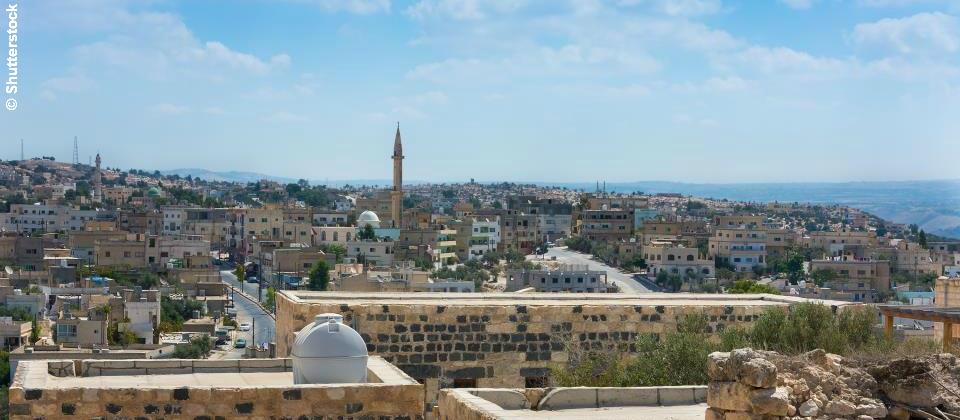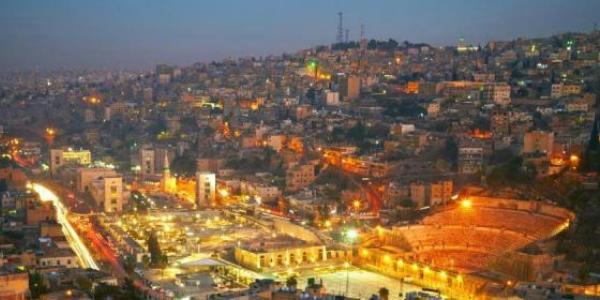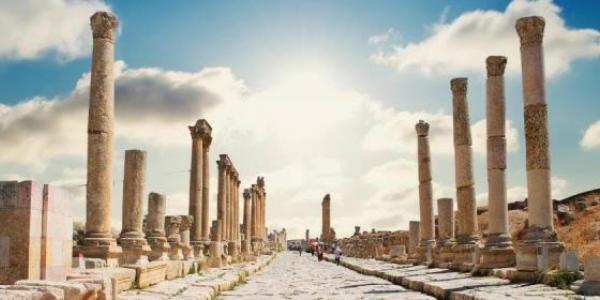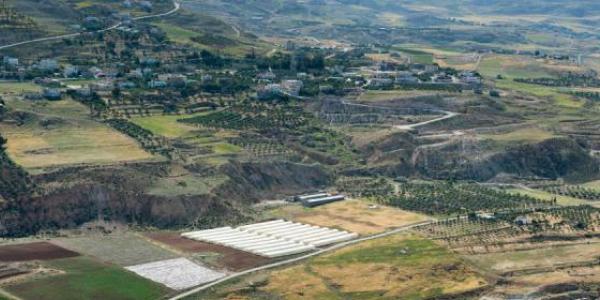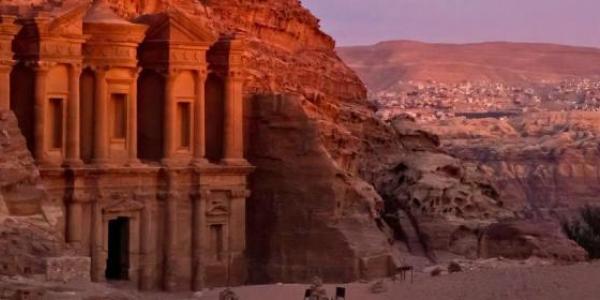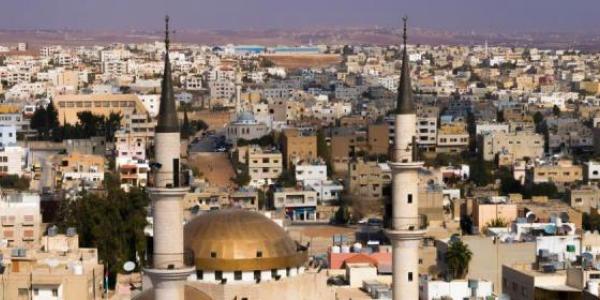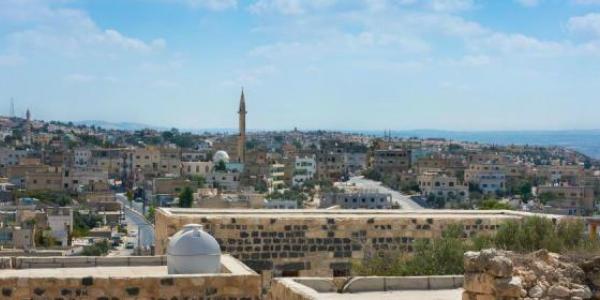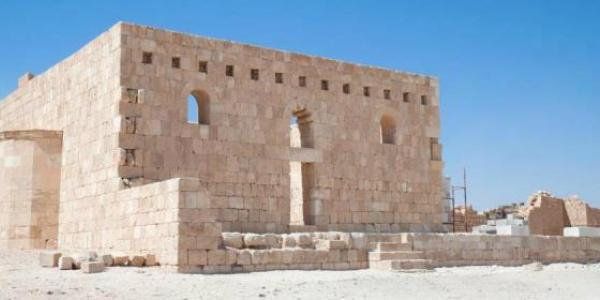Irbid is located in the northern part of Jordan, in the highlands areas, with an average elevation of 620 meters. It is the capital of Irbid Governorate with a total of about 1,018,700 inhabitants. It is well connected to other urban centres in Jordan by a modern road network.
The city is a lively community with a large university. In the past few decades, Irbid city witnessed excessive urban growth rates associated with the large increase in its population. Irbid city fabric and growth was formed, at the end of the nineteenth century and the beginning of the twentieth century around one nucleus -the Mount (Tal), along which the new city extended to the south of it. Irbid, of the twentieth century, has become the most important commercial and administrative centre in the North of Jordan; it is the city central business district (C.B.D.) and shares commercial and cultural activities with more than 300 villages in northern Jordan.
Historically, Irbid city has been an urban space in which a multiplicity of social, economic and cultural practices operated at different levels. Mount (‘Tal’) Irbid was settled during the early Bronze Age, Iron, Roman, Byzantine and Islamic eras, involving a continuous history of 6,000-7,000 years. The city on the Tal was surrounded by a defensive wall of large black basalt stones, with a citadel to monitor the surrounding areas.
It was a part of the Hellenistic league of the Decapolis in the first century AD, known throughout history as Arabella. In the Hellenistic period, Irbid was a major trade centre and the birthplace of Nittai of Arbela. Irbid is equidistant from Pella, Beit Ras (Capetolias) and Umm Qays, archaeological heritage cities of the Decapolis.
Irbid and its surroundings gained more importance during the Islamic era. The city extended beyond the Tal. During the Mamluk era, Irbid was on the trade routes connecting Bilad al-Sham (Great Syria) with Egypt.



